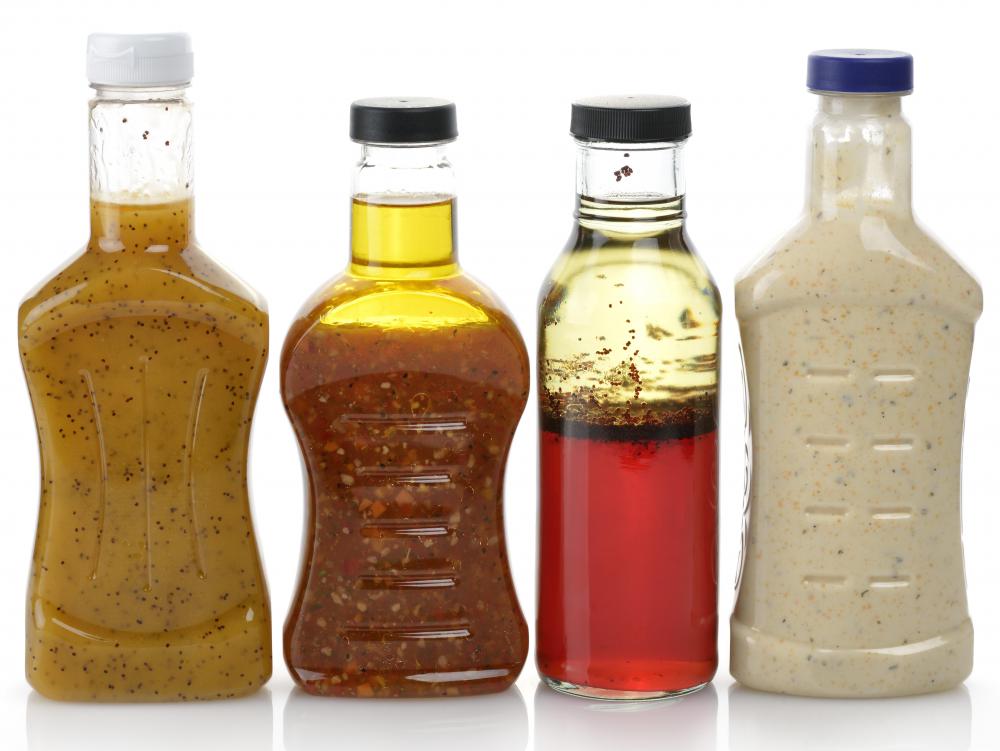At TheHealthBoard, we're committed to delivering accurate, trustworthy information. Our expert-authored content is rigorously fact-checked and sourced from credible authorities. Discover how we uphold the highest standards in providing you with reliable knowledge.
What are Diglycerides?
Diglycerides are fats. They are common food additives that are either derived from natural products or are synthetically produced. They are often referred to as incomplete fats because they do not contain the same number of fatty acids as most natural fats or triglycerides. While a triglyceride has three fatty acids attached to a single glycerol molecule through an ester linkage, a diglyceride has just two fatty acids. A monoglyceride contains only a single fatty acid attached to a glycerol molecule giving it properties and applications akin to diglycerides.
Diglycerides are surface active molecules that both attract and repel water at the same time. These hydrophilic and hydrophobic properties make them excellent emulsifying agents because they are soluble in fats and water. While substances like oil and water naturally separate, the addition of an emulsifier can help disperse the molecules evenly.

Found in a wide variety of processed foods, diglycerides assist in maintaining the texture and consistency of products with ingredients that would not normally blend well. They allow baked goods, for example, to retain moisture and freshness longer. Additionally, they keep the ingredients in products like peanut butter, salad dressing, and margarine from separating. They are also found as emulsifiers in ice creams because they help maintain the right viscosity and keep the texture smooth and creamy in a frozen state.

There are often questions about the safety of diglycerides in frequently consumed foods. The U.S. Food and Drug Administration (FDA) has placed them on their Generally Recognized as Safe (GRAS) list indicating that experts consider them safe as food additives. They can also be found on a list of food additives approved by the European Union (EU). Vegetarians may need to take extra precautions though because some diglycerides are derived from animal products and it is often difficult to identify the actual source.
While there have also been concerns about the fat calories present in diglycerides, it is generally agreed that the quantity present in most food products is so minimal that there is virtually no caloric impact from normal food consumption. Many manufactured products containing diglyceride additives can be labeled as "fat-free" because according to the FDA, the amounts are too small for the consumer to recognize as fat.
AS FEATURED ON:
AS FEATURED ON:












Discuss this Article
Post your comments